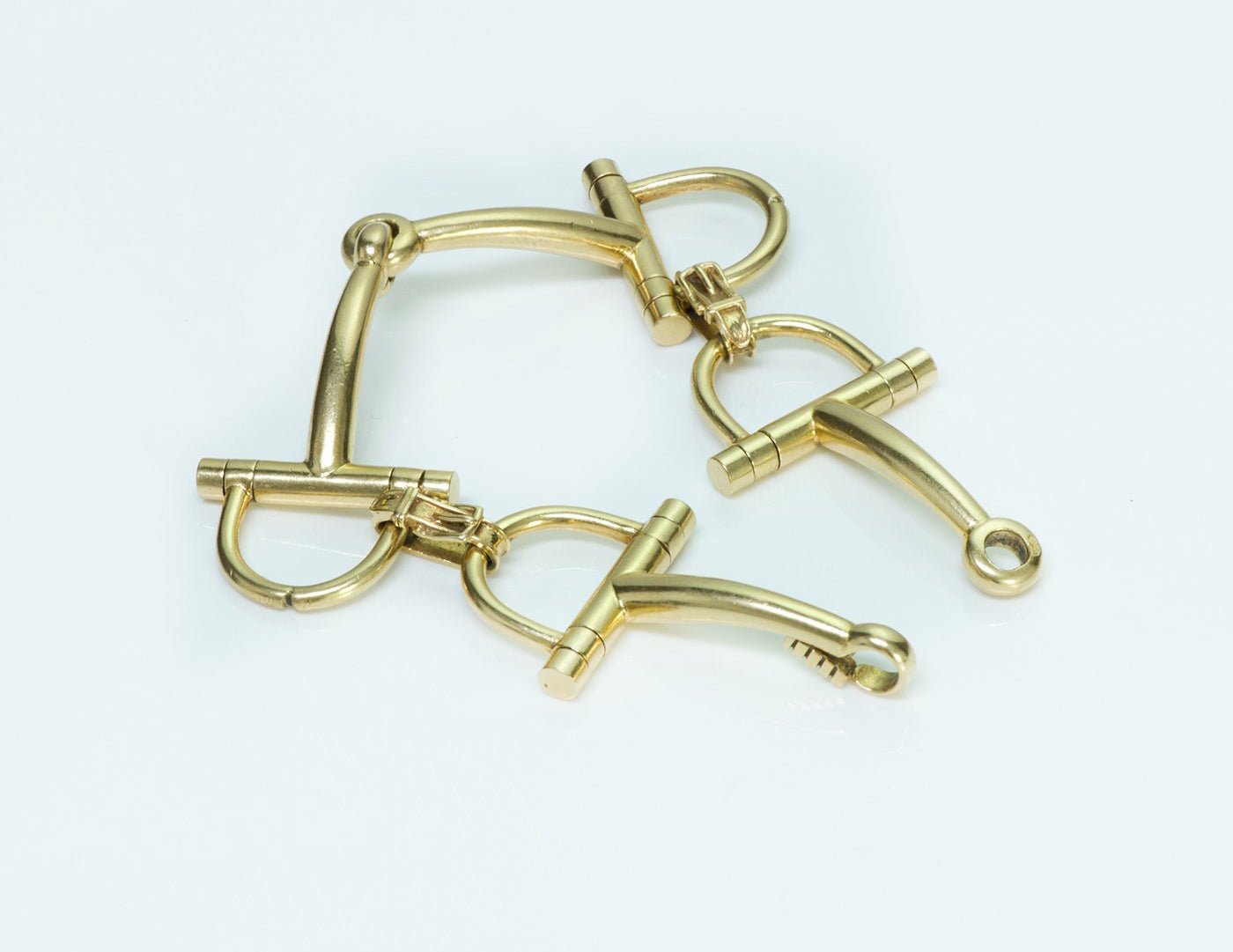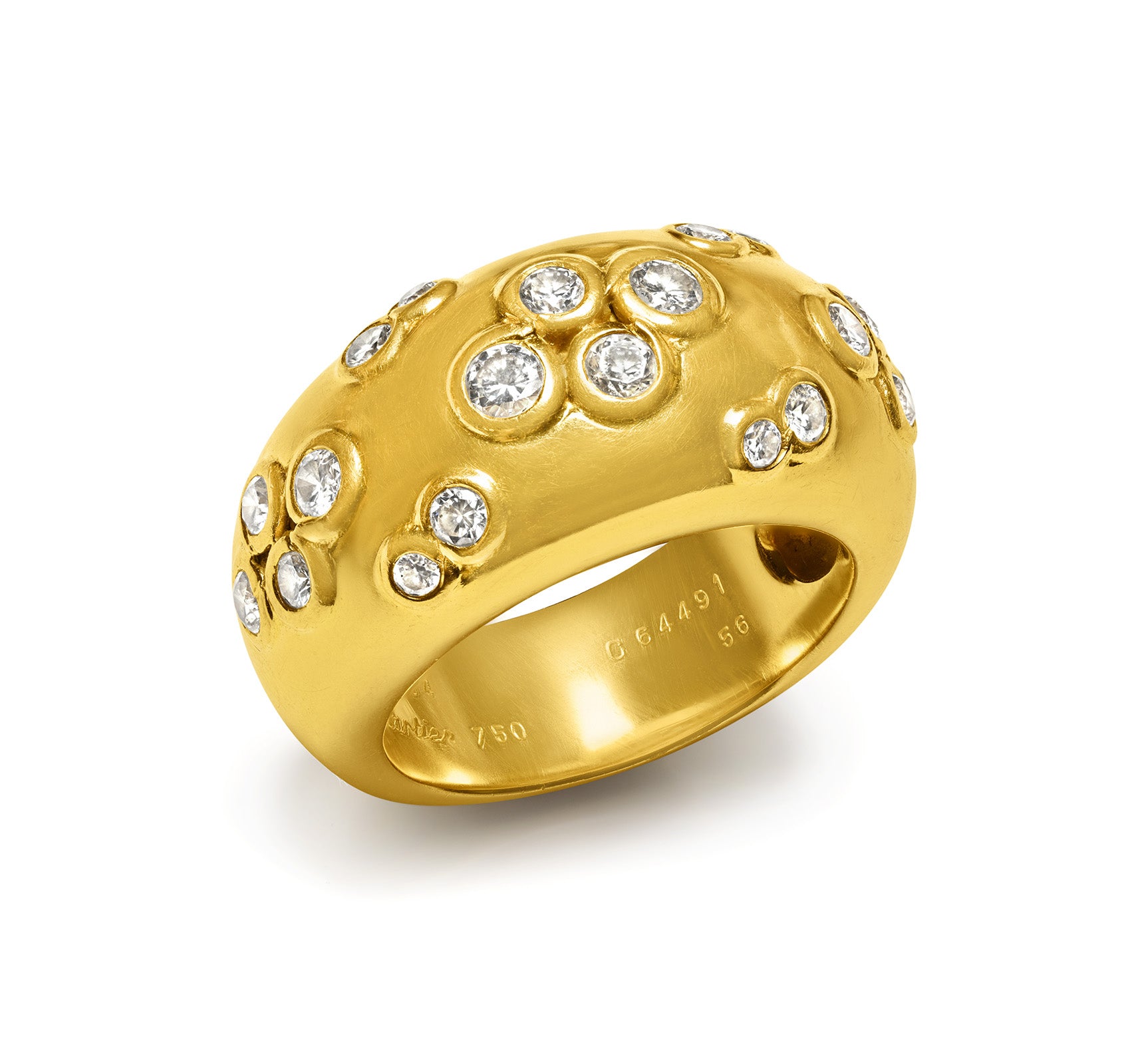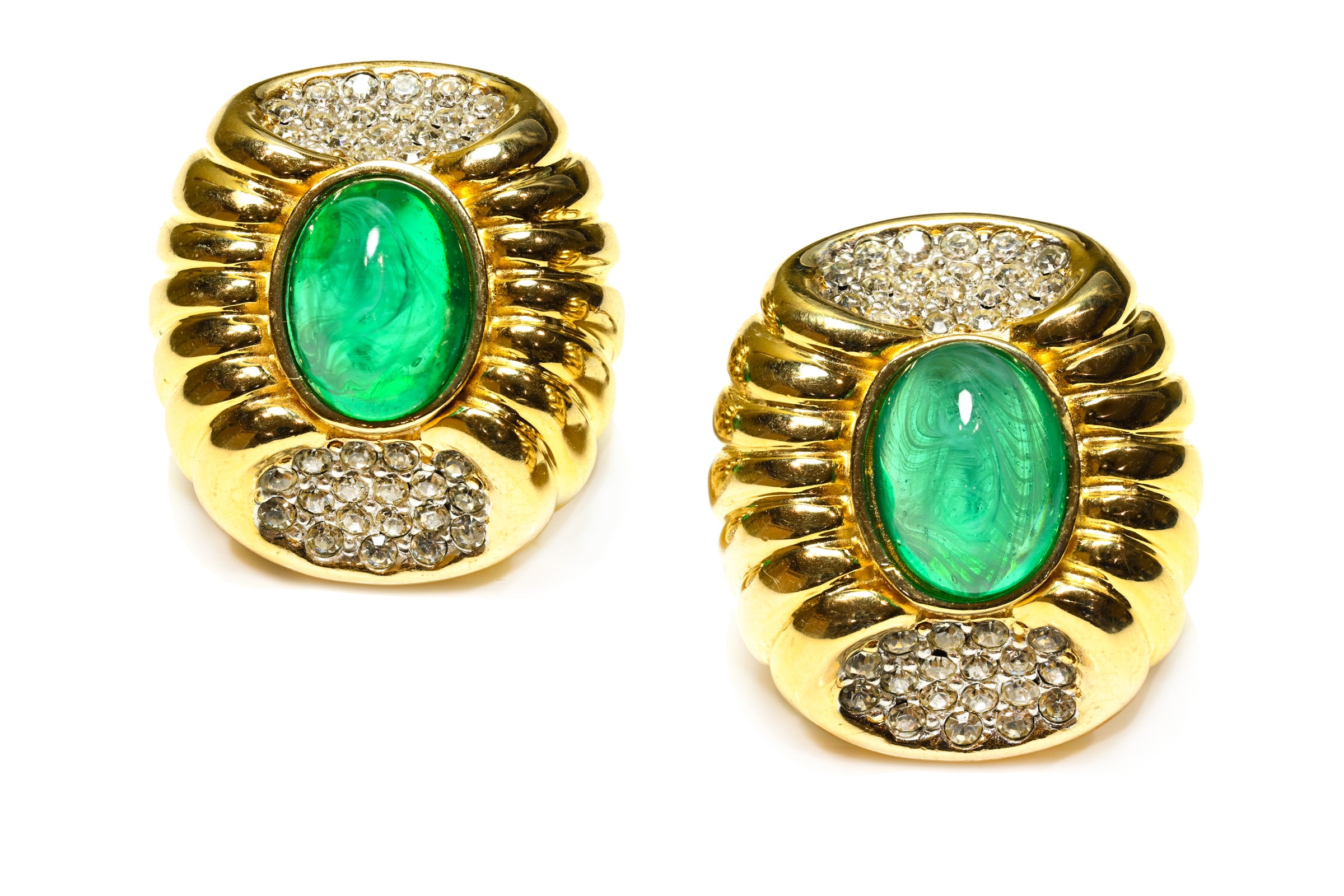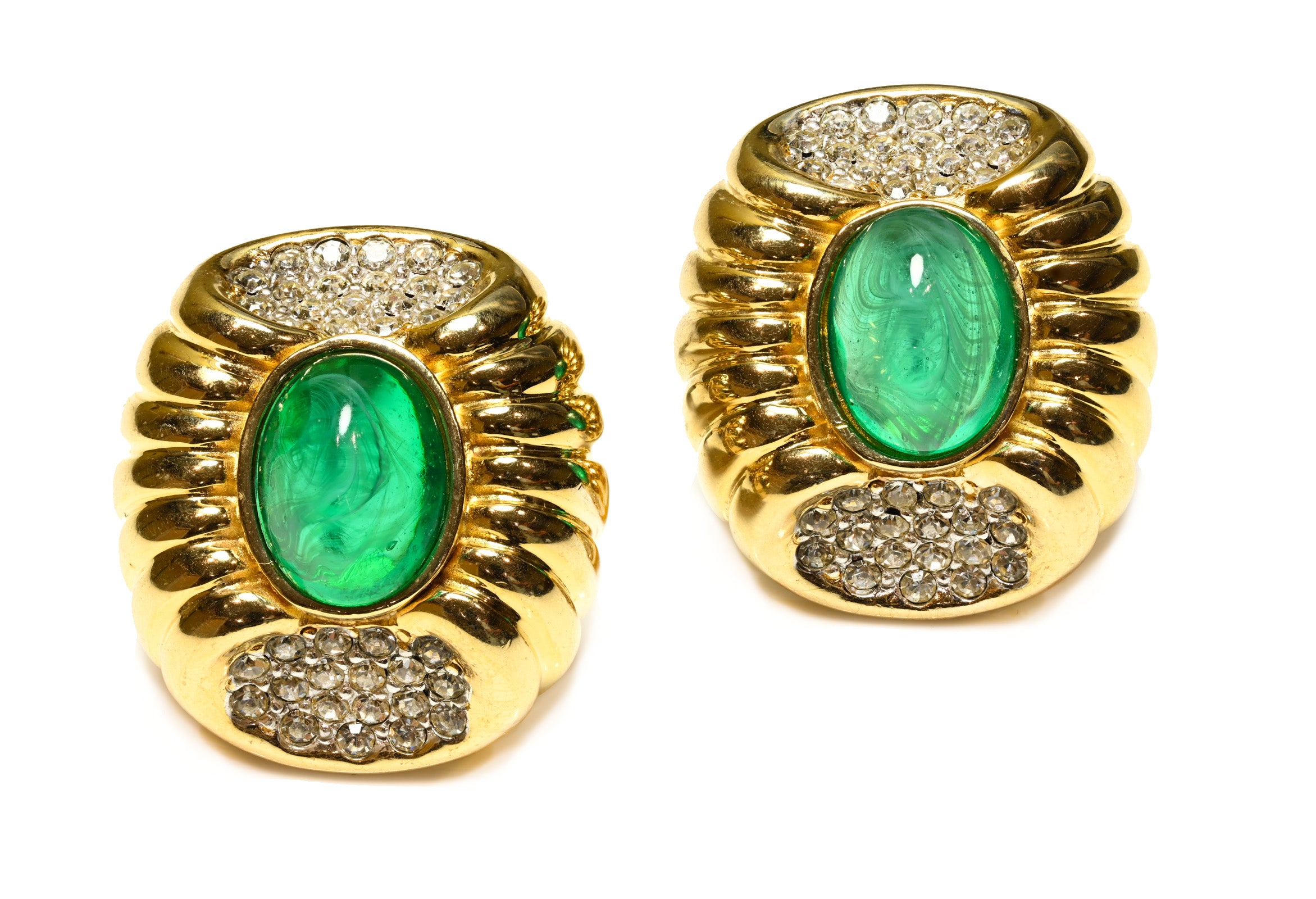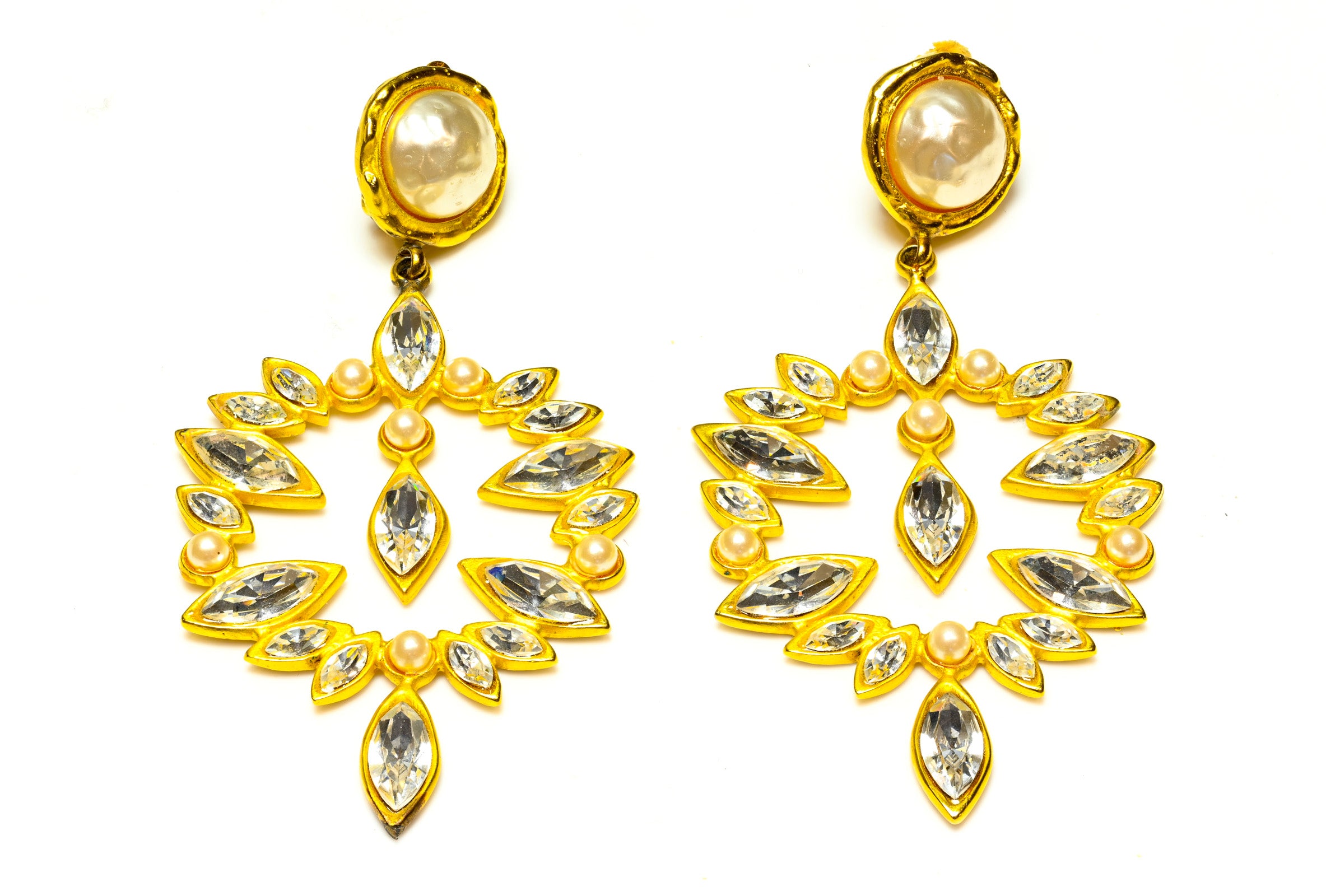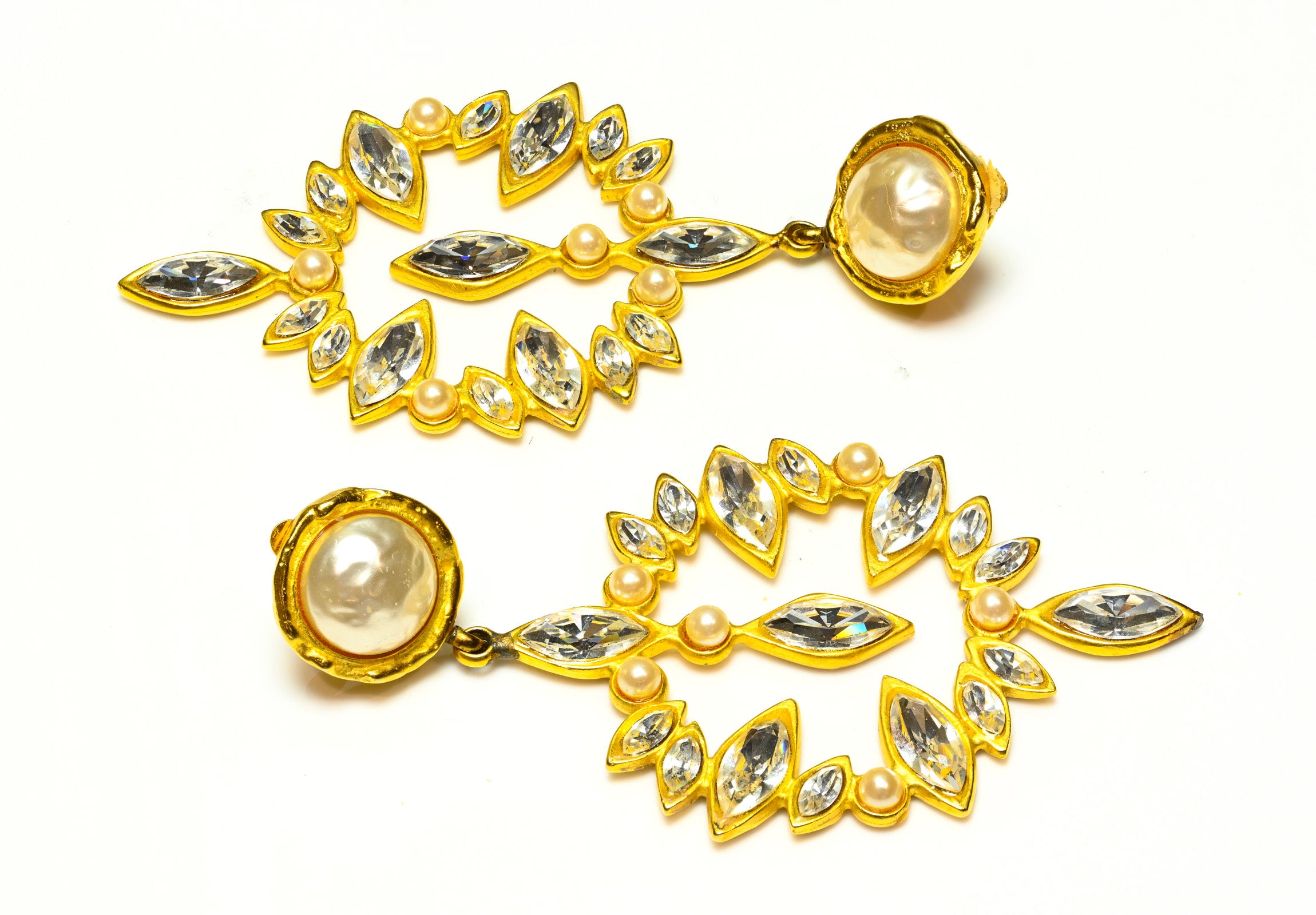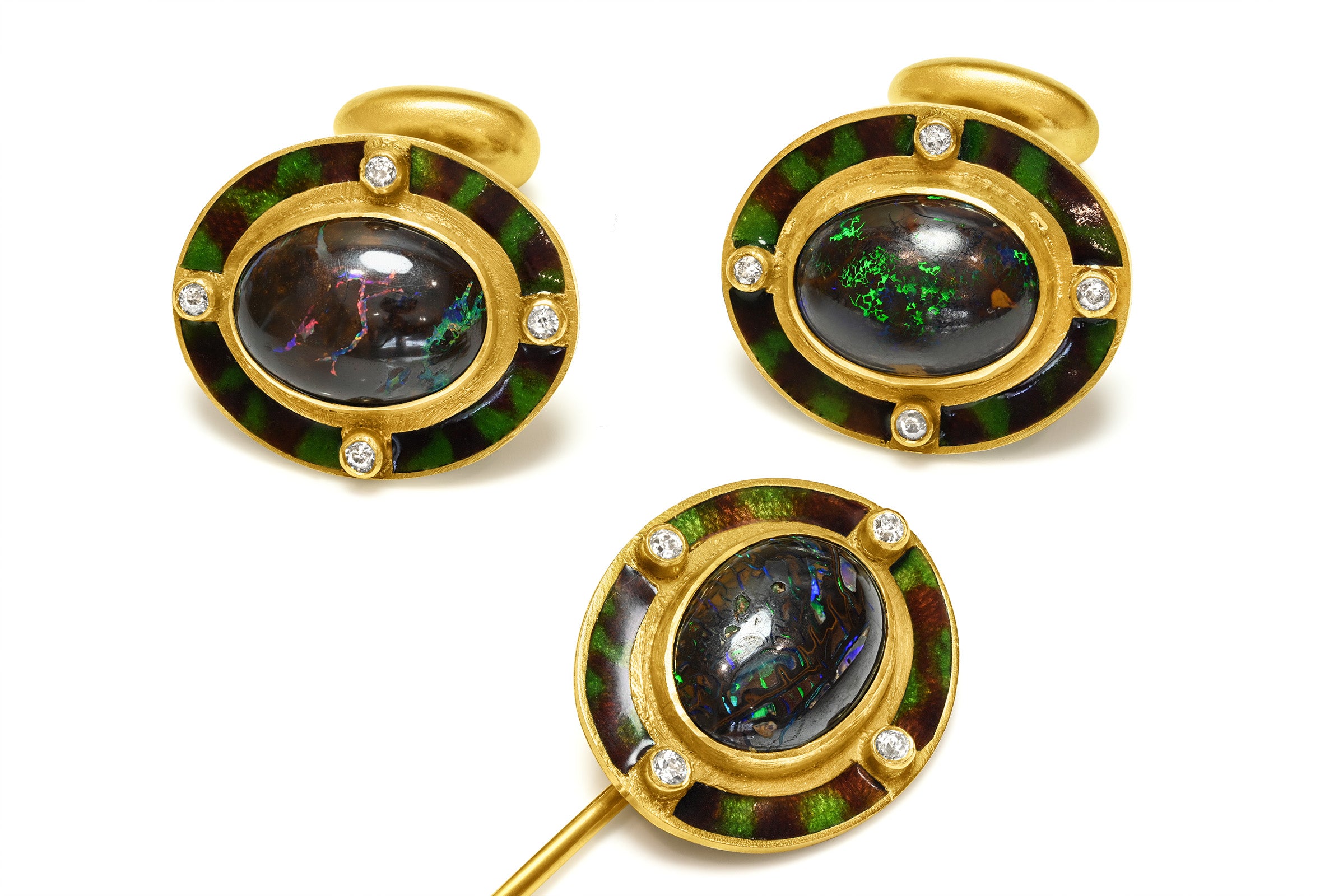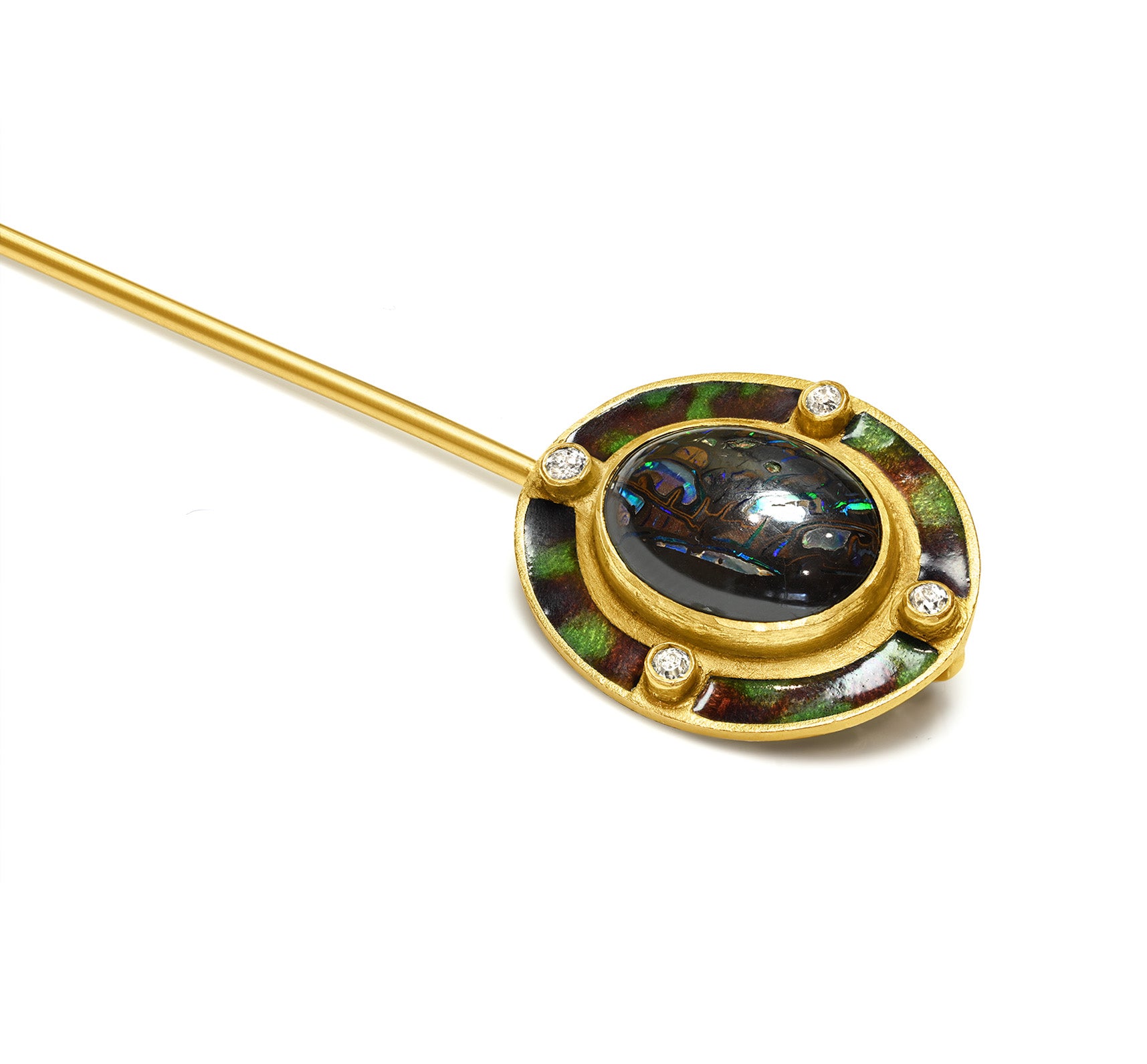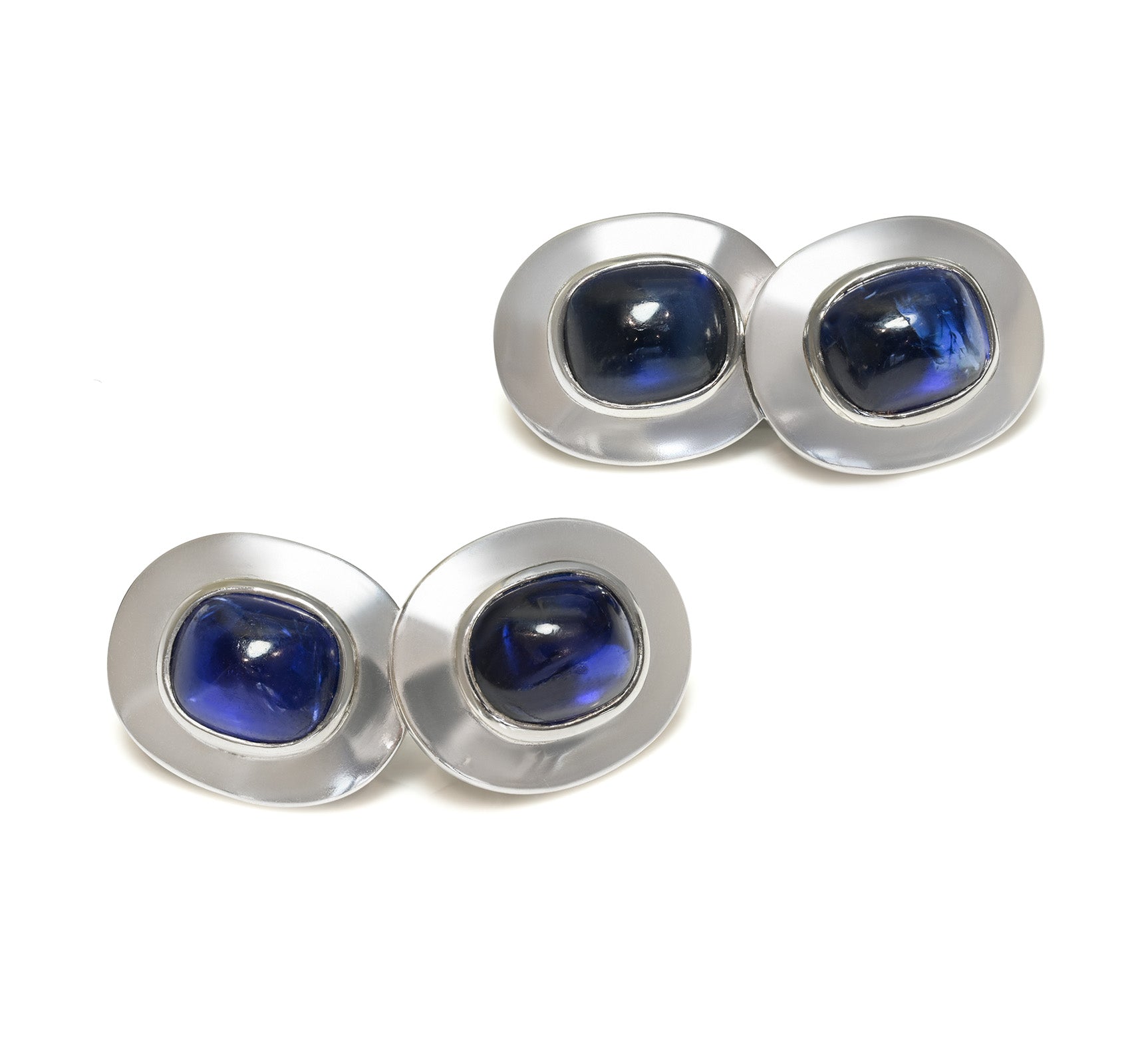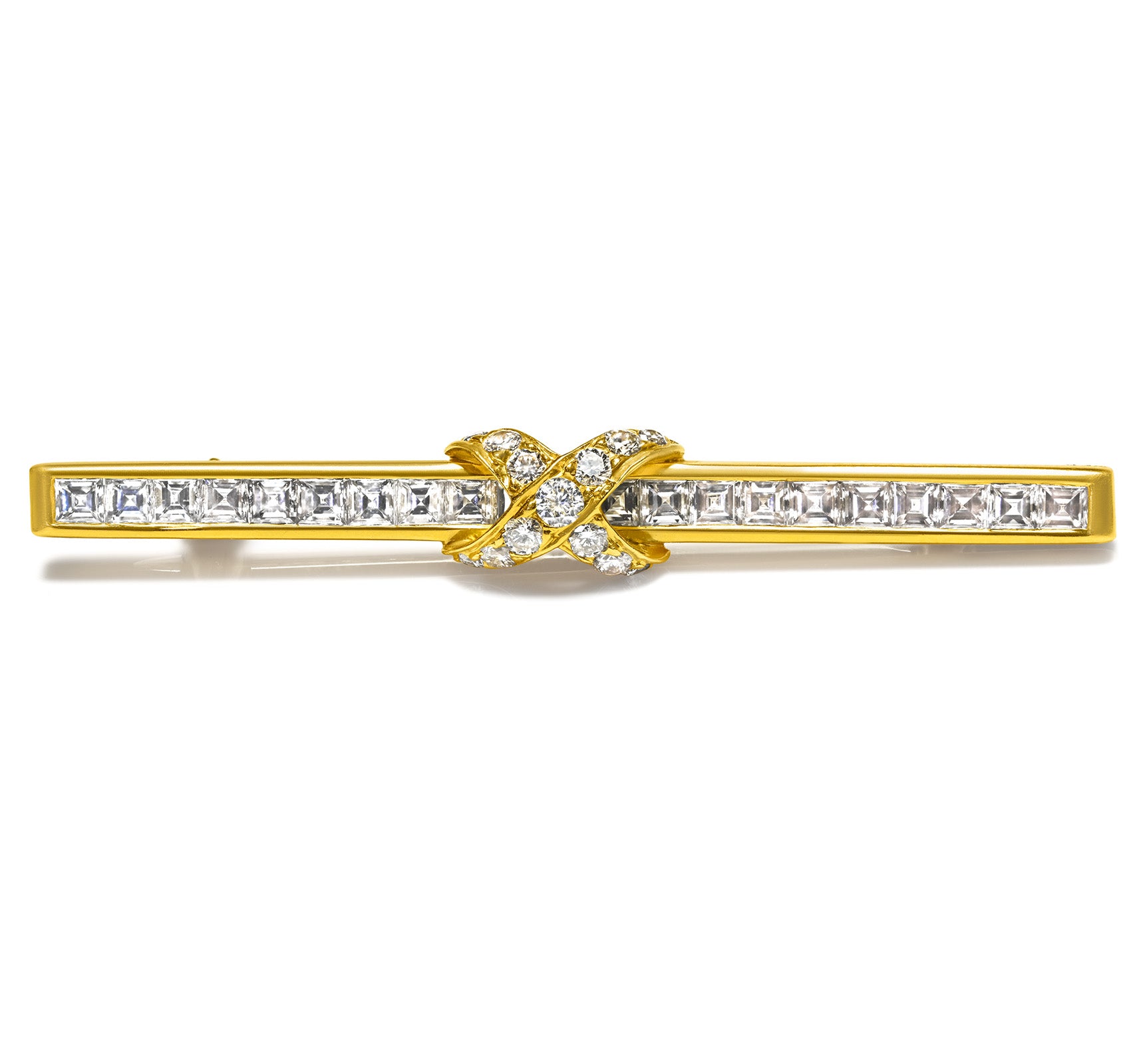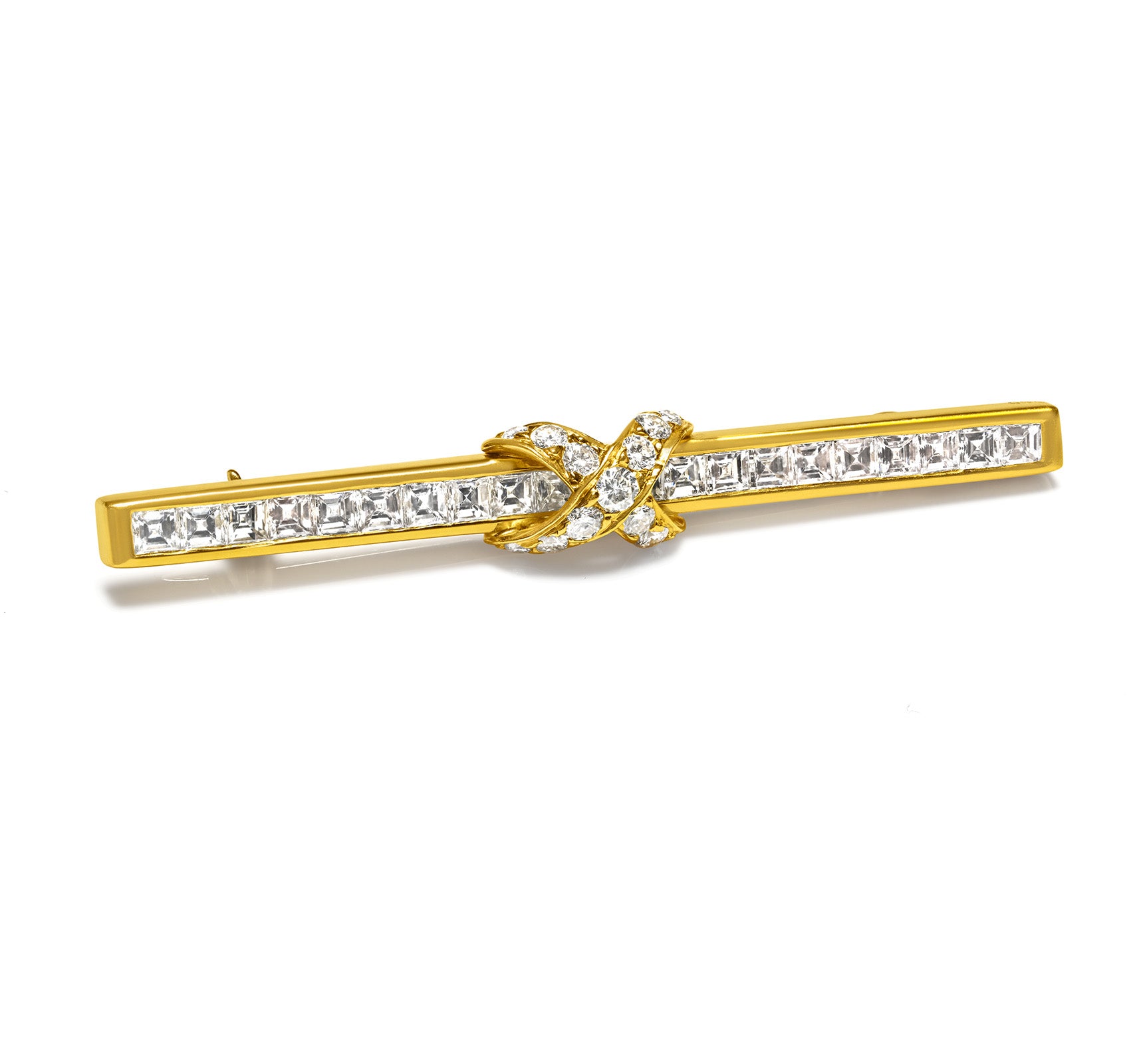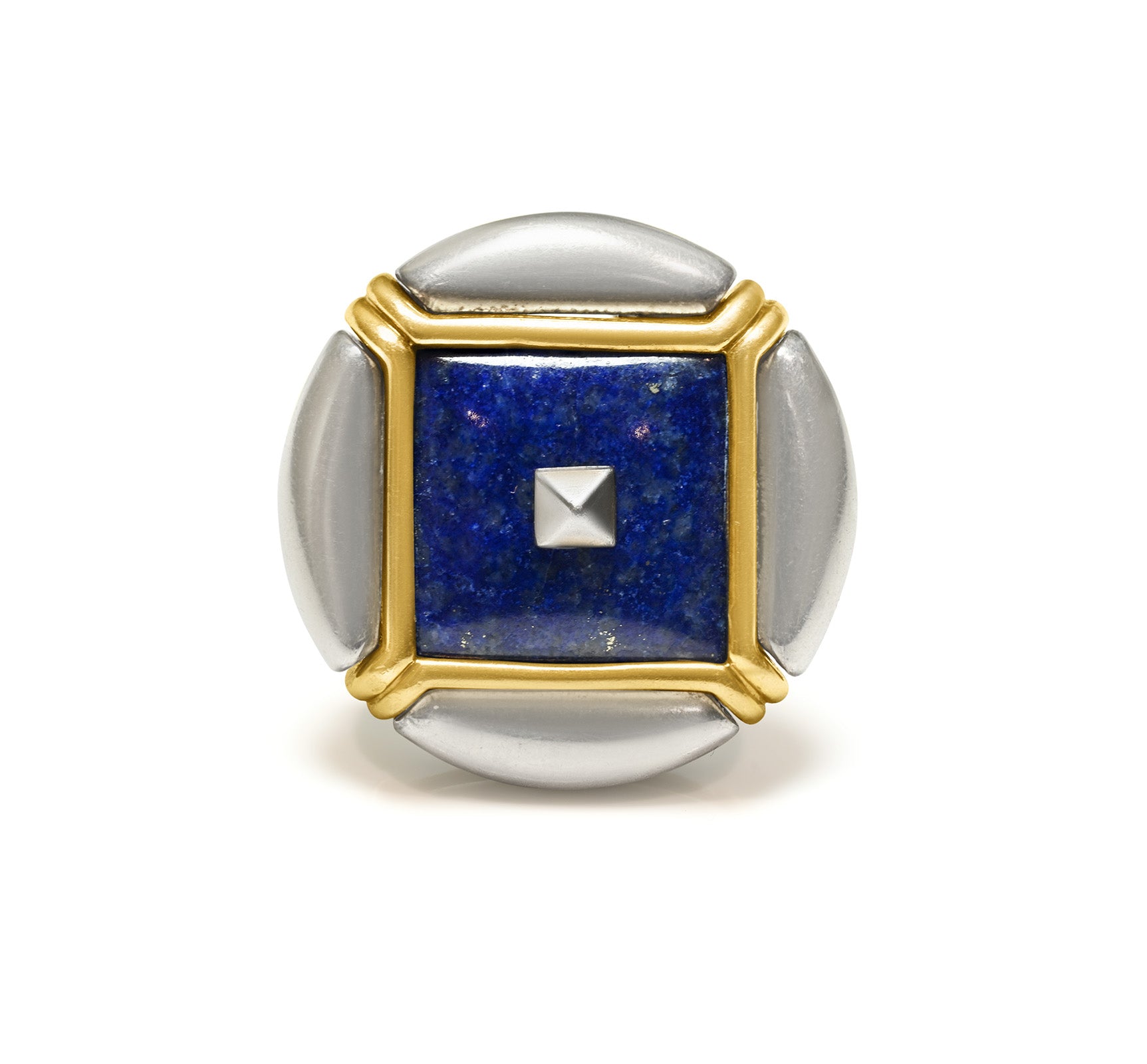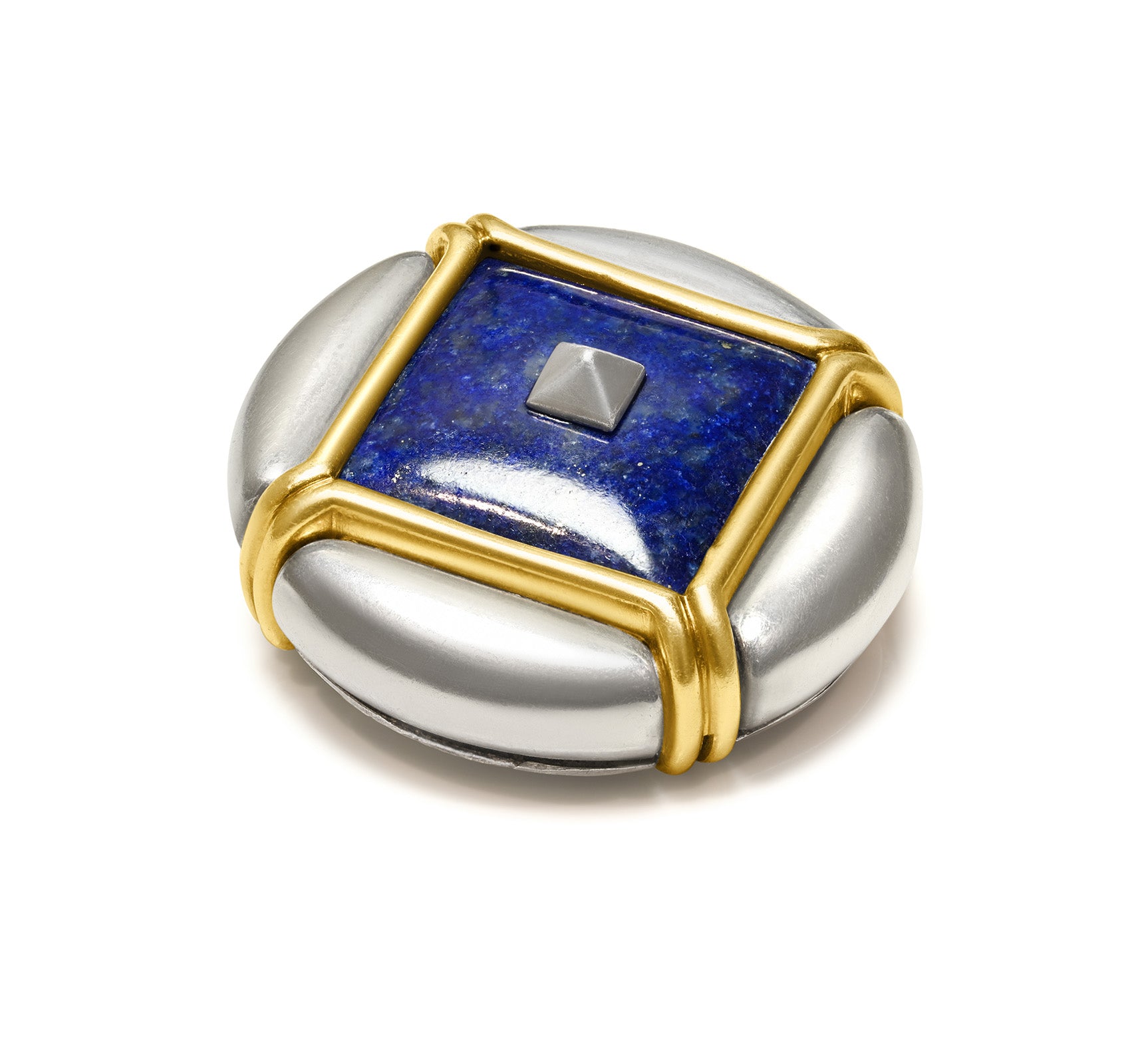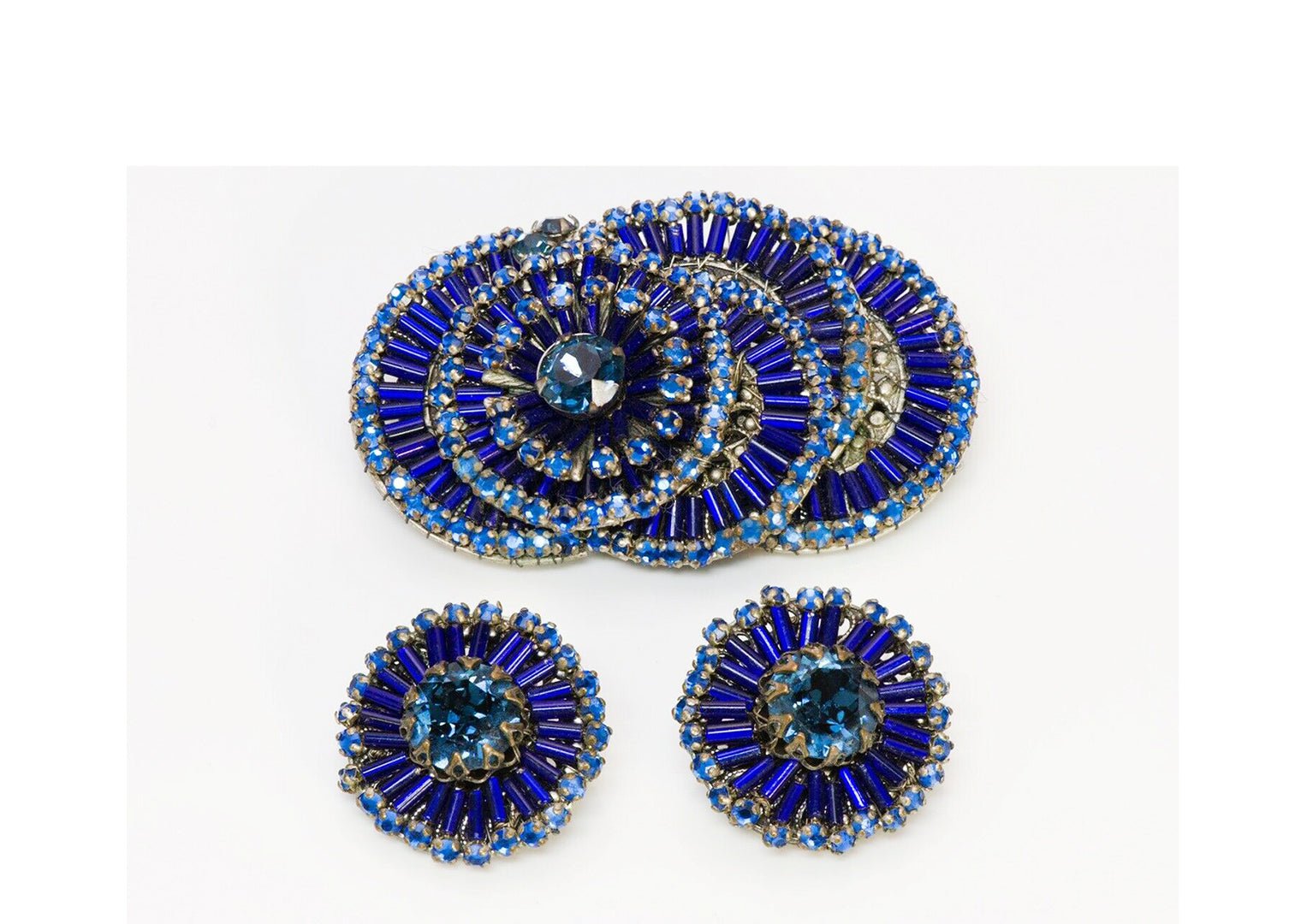
Miriam Haskell Jewelry: Perfectionism and Originality
Miriam Haskell jewelry has always borne the imprint of the perfectionism and creativity of its famous designer.
Miriam Haskell used to chose, one by one, the components from which she made her jewelry. Haskell visited production plants both in the USA and abroad and wanted to oversee every phase of the work, from design to marketing.
Her diligence and dedication have borne fruit over time, today there are so many collectors that are obsessed to get as many accessories that bear the name of this brand as they can.
The story of Miriam Haskell
Miriam Haskell was born into a Russian-German family in Cannelton, Indiana, on July 1, 1899. Seeing the appreciation she enjoyed in high-end society for the jewelry she created, her father, a wealthy owner of a small business, helped her open a small workshop in New York. She called it "Le bijou del'Heure". She was so successful that she eventually moved her business to the prestigious 5th street in a building in which she occupied three floors.
Around twenty craftsmen worked in her creative workshops, assembling necklaces and bracelets made of wood, bone, and ivory, inspired by fashionable designs and colors in southern Europe and North Africa. Haskell did not limit herself only to the sale of her creations, but also imported jewelry from France, the country that at that time was the symbol of Haute fashion.
Miriam enjoyed the help of Frank Hess, who would become her right-hand man. Grumpy and reserved, but brilliant, Frank Hess served as the company's chief designer and guarantor and curator of the Haskell style even during the various changes of ownership until 1977.
In 1934, Miriam Haskell was already known in all states.
Particularities of Miriam Haskell Jewelry
Miriam loved nature and art and frequently attended antique auctions. She was a modern and avant-garde woman who always acted against the current in her work.
In the 1930s, jewelry with metal and white stones, with geometric shapes, was very fashionable, but Miriam Haskell preferred to create glass jewelry, with pastel or even bright colors, with a naturalistic theme, especially floral, rich, and sumptuous but delicate and feminine. Her works of art, which were handmade, were very appreciated by the public.
In the 1940s, a Miriam Haskell bracelet was on average three times more expensive than any other similar piece of jewelry, as all of its components were "sewn" by hand with wire, with a technique similar to embroidery. Each stone was individually hand-wired with a "Rose Montee" a type of rhinestone with a special frame with a ring-shaped back, used in the decoration of high-fashion dresses.
Unfortunately, during World War II, Miriam Haskell had to abandon the use of pearls and stones imported from Czechoslovakia, France, and Venice, which characterized her creations. Thus, he began to use more available materials, some synthetic, others natural, such as seeds and hazelnuts. And yet, the beauty of her fantastic creations was in essence not affected.
The most famous and sought-after objects are those in which baroque pearls dominated, with pink or gray tones. This not only because of the string of pearls, which gives a special light, but especially because the accessories created by Miriam Haskell have an unprecedented variety, with refined finishes, always well matched.
How to Recognize Miriam Haskell's Jewelry
Initially, Miriam Haskell's jewelry was not signed. Later on, they bore the name of the designer written on a small oval plaque added to necklaces or bracelets.
However, there are some elements that all experts consider a means of recognizing Miriam Haskell's production: the materials used - glass grains of any size, shape, and color, from Murano or Czechoslovakia; wood, shells, mother-of-pearl, plastic, fabrics in all colors; pearls, generally baroque, even very small ones, two millimeters in diameter, most of them from Japan, always "sewn" by hand; the type of metal and its processing, the metal base of copper or brass, gilded or even silvered with a galvanic process that gives an opaque tone called "ancient Russian gold" and the "light work" which is filigree, all made by some specialized factories in Providence.
However, there are also pieces on the market created in a style very similar to that of Miriam Haskell, also because some designers and former workers in her factory, such as Robert Clark, Peter Raines, Larry Vrba, De Mario, Hagler, have continued to produce their own jewelry pieces after they left the company, applying a personal logo on the parts.
Miriam Haskell retired from public life in 1950, most likely due to a serious nervous illness. Initially, she sold her company to her brother Joseph, but from 1956 until today the company had different owners: Morris Kinsler, Sanford Moss, Frank Failkoff who through the collaboration of exceptional designers continued the tradition of producing high-quality collections.
Are you interested in Miriam Haskell's artistic creations? If you want to own one of them yourself, visit now our online store and be amazed by the glamorous jewelry pieces signed by one of the most reputable designers in history.

